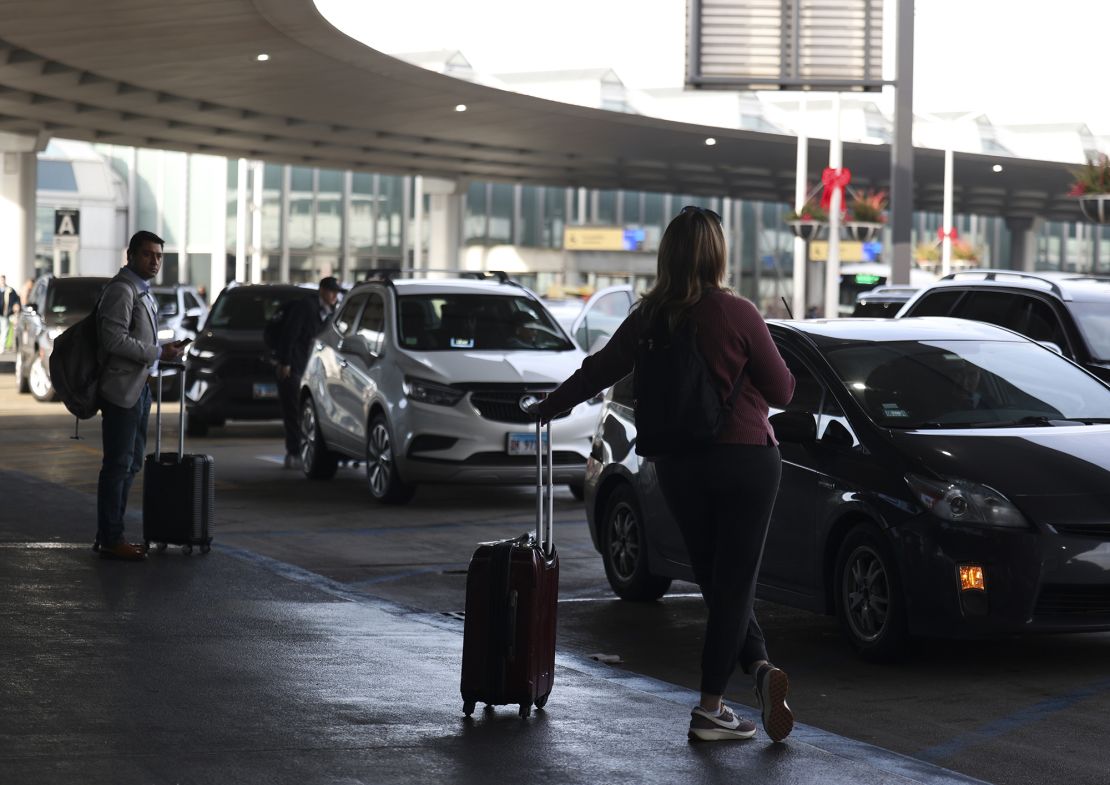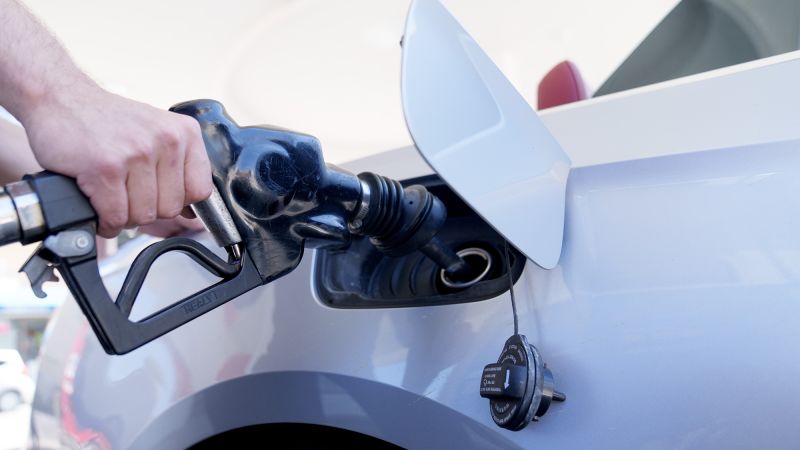Emily Miller lucked out. Of the millions of fans — and bots — flooding Ticketmaster’s site in hopes of purchasing tickets to Taylor Swift’s Eras Tour, the 22-year-old managed to score $200 floor seats to see the mega pop star perform in Pittsburgh last summer.
Now, Miller dreams of seeing Swift perform again when her tour returns to the US later this year. But despite entering 10 accounts to get a code that would give her the chance to buy tickets at face value through Ticketmaster’s presale, she was unsuccessful. On the resale market, nosebleed-seat tickets behind the stage are already listed for thousands of dollars.
“People are taking advantage of fans and their vulnerability because people like me who have been fans of Taylor for so, so long would do genuinely anything just to be inside that stadium,” Miller, who is currently in an accelerated nursing degree program in Cleveland, told CNN.
The resellers are price gouging the fans, she said.
The term has been used a lot lately to describe so much more than just hiking gasoline prices during a hurricane. At the core of the increasingly common accusation of price gouging is the sense that the consumer is being exploited. But it’s not as cut and dry as you may think. In fact, economists — and even President Joe Biden — can’t agree on a definition of it.
But there’s one thing everyone agrees on: Just about everything costs more than it used to a few years ago, a consequence of inflation. Although the pace of price increases has cooled substantially, we’re still paying more.
It doesn’t help that prices can rise in seconds thanks to technology, unlike times when hikes would require, for instance, printing new menus.
Consumers are taking to social media more to draw attention to times they feel like they are being ripped off. When, in effect, they may more likely be victims of inflation — or good old supply and demand.
Gavin Roberts, chair of Weber State University’s economics department and who studies the effect of anti-price gouging laws, said the laws themselves often don’t define what price gouging is.
Biden has been quite vocal about cracking down on price gouging, which he uses interchangeably with “corporate greed,” both of which he claims are a contributing factor to inflation.
At the same time, Biden hasn’t defined what price gouging is and what it isn’t. A White House spokesperson declined to weigh in on that, and instead referred CNN to comments Biden made, including: “To any corporation that has not brought their prices back down — even as inflation has come down, even supply chains have been rebuilt — it’s time to stop the price gouging,” Biden said last year.
Corporations charging as much as they can, as painful as it may be for consumers, doesn’t mean they’re necessarily price gouging, said Roberts.
In Roberts’ view, price gouging occurs when there’s a scarcity of a good or service, lack of competition and the consumer has very little information about the price they’ll be charged or doesn’t have the ability to shop around for better prices. All that could lead them to be taken advantage of.
The best example of this, he said, would be someone going to the emergency room in dire need of care and months later receiving a bill for thousands of dollars.
It wouldn’t, in his view, be price gouging if a situation arose during which someone had the only attainable bottle of water and auctioned it off to a crowd of people for the highest possible price. That’s because people had upfront information about how the price was set, he said.
Steven Suranovic, an economics professor at George Washington University who has also published research on price gouging, sees it differently.
“I define it as the use of market power to secure a higher price than what would occur with free competition,” he said. “For example, Martin Shkreli was a price gouger when he set ridiculously high prices on some pharmaceutical drugs his company controlled.”
When Shkreli was CEO of the company formerly known as Turing Pharmaceuticals, the price of the lifesaving drug Daraprim used by AIDS patients was raised from $13.50 a pill to $750 a pill, in 2015, sparking a public outcry. CNN reached out to Shkreli, who was later convicted of securities fraud and conspiracy, over LinkedIn.
“we dont talk to snitches,” he responded in a message without further specifying to whom he was referring.
Waiting to order an Uber until you make your way to the lobby of a building could cost you 20% more than the price you saw when you first opened the app.
That’s the essence of the Uber business model, a practice known as dynamic pricing where there is no fixed rate for how much your ride will cost. Rather, it is tied to the supply of drivers in a given area and the demand for rides.

Uber, like its main competitor Lyft, has come under scrutiny for allowing prices to surge at times when public transit is severely disrupted. In some instances, the companies suspended surge pricing temporarily. (Neither company responded to requests for comment.)
Surge pricing was in full effect, though, on New Year’s Eve of 2011 when Uber experienced what was then its highest demand in New York City, causing rides to spike above $100. That invited a slew of price gouging accusations.
Travis Kalanick, the CEO at the time, later penned a blog post noting, “Nobody is required to take an Uber, but having a reliable option is what we’re shooting for. It’s not about gouging.”
Suranovic said surge pricing can simply be a product of “a competitive market.” But he acknowledged that sudden price increases are more likely to lead consumers to believe they’re being price gouged and “blame business for profiteering.”
“Higher costs due to inflation is a cause of gradual price increases, but I wouldn’t consider that gouging,” he told CNN.
Experts in pricing strategy warn that surprise increases can generate a backlash.
“Price gouging is a subjective emotion of a consumer feeling that they are being taken advantage of by an unfairly high price,” said Rafi Mohammed, who founded a pricing strategy consultancy firm called Culture of Profit.
“When setting a price, managers need to understand and anticipate that their prices will elicit emotional reactions ranging from ‘that’s cheap’ to ‘this is unfair.’”

To avoid that, his philosophy has been to set prices in a manner that could elicit a response from customers along the lines of “Thank you! I looked around at various offerings and determined that your product and price offered me the best value.”
That said, if you do believe you’re being price gouged, your state may be able to step in — as many did during the pandemic, even for goods like toilet paper, by capping prices. (Though Roberts’ research suggests some anti-price gouging laws are to blame if you couldn’t find toilet paper.)
Still, Teresa Murray, director of the consumer watchdog division of US PIRG, a nonprofit consumer advocacy research group, wrote in a blog post that “if you aren’t sure whether a product is priced too high, it’s better to report problematic items to the company and your attorney general.”
Perhaps state attorneys general should consider a special division dedicated to Swifties, too.
Read the full article here
